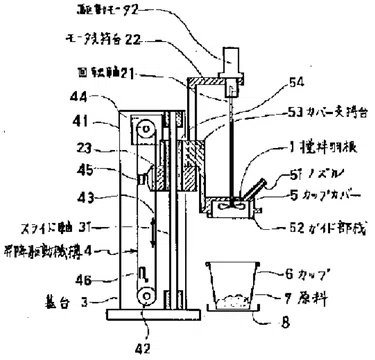
Last year, we posted about an interesting result in a Delaware patent trial, where Judge Connolly excluded a Japanese Patent Office Utility Model Publication after the defendant failed to offer sufficient evidence of public accessibility (and actually offered some evidence of inaccessibility).
As we explained at the time, the defendant had tried to avoid IPR estoppel by arguing that it could not have found the reference in a reasonable search, but then argued that the reference was sufficiently publicly accessible to be a prior art reference. The Court rejected that argument, holding that the JPO publication was not publicly accessible and couldn't be used as prior art.
We noted this was a great opportunity for the the Federal Circuit to …